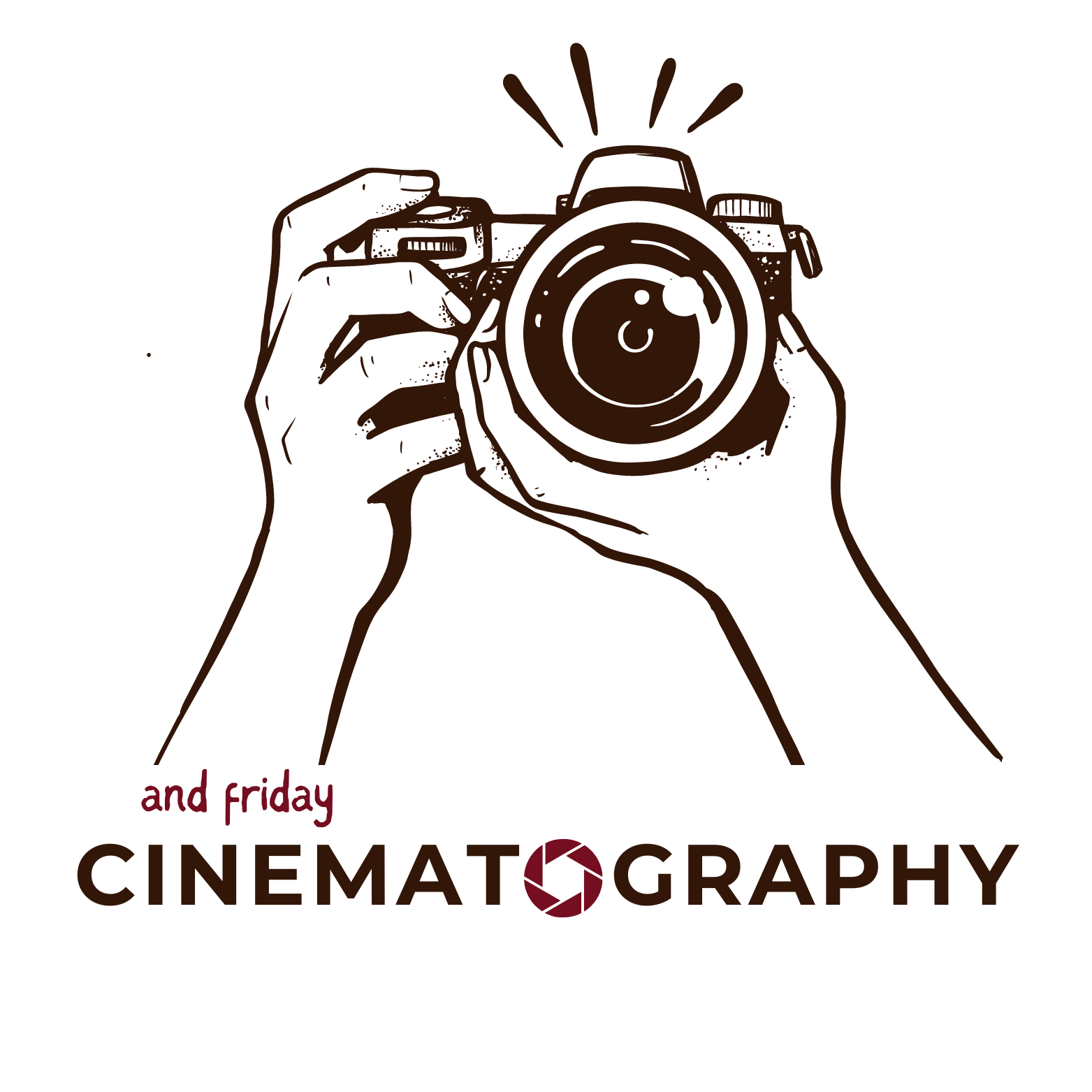I love cinematography because it portrays a story or a scene silently without talking. It’s the art of telling stories through moving images. A better cinematic video makes a video much more beautiful to see and enjoy. Cinematography is an art; it’s a part of videography, but a cinematic shot tells a story of a situation. Additionally, a cinematic shot shows the ambiance of the video, which makes your video complete and provides mental satisfaction, connecting it well to natural life.
 Cinematography is a technique of videography involving camera angles and movements. It’s impossible to create a storytelling video without some cinematic elements. How is a cinematic shot? It depends on the director and the cinematographer. A cinematographer is actually a visual storyteller. Through cinematography, we can see something from an aesthetic aspect. A cinematic video actually shows what the director imagines for his content.
Cinematography is a technique of videography involving camera angles and movements. It’s impossible to create a storytelling video without some cinematic elements. How is a cinematic shot? It depends on the director and the cinematographer. A cinematographer is actually a visual storyteller. Through cinematography, we can see something from an aesthetic aspect. A cinematic video actually shows what the director imagines for his content.
Key things about Cinematography
Certainly! Cinematography is the art and technique of capturing moving images on film or digitally, and it plays a crucial role in shaping the visual aesthetic and storytelling of a film. Here are some key points about cinematography:

- Visual Composition: Cinematographers are responsible for framing shots in a visually appealing and effective manner. They consider factors such as framing, camera angle, and perspective to create compositions that enhance the narrative and evoke specific emotions in the audience.
- Lighting: Lighting is a fundamental aspect of cinematography. Cinematographers use various lighting techniques to set the mood, create atmosphere, and emphasize certain elements within a scene. They may manipulate natural light or use artificial lighting sources to achieve the desired effect.
- Camera Movement: Cinematographers employ different techniques for moving the camera to add dynamism and depth to the visuals. This can include techniques such as tracking shots, crane shots, dolly shots, and handheld camera movements. Each movement serves a specific purpose in conveying the story and engaging the audience.
- Color Palette: The choice of color palette in cinematography can greatly influence the mood and tone of a film. Cinematographers work closely with production designers and directors to establish a cohesive color scheme that complements the narrative and enhances the overall visual experience.
- Aspect Ratio: Cinematographers select the aspect ratio, which determines the dimensions of the frame, based on the artistic vision of the film and the requirements of the distribution platform. Different aspect ratios can have a significant impact on how the audience perceives the images on screen.
- Lens Selection: Cinematographers carefully choose the lenses for each shot to achieve specific visual effects and perspectives. Different lenses have unique characteristics such as focal length, depth of field, and distortion, which can dramatically alter the look and feel of the footage.
- Continuity: Maintaining visual continuity is essential in cinematography to ensure smooth transitions between shots and scenes. Cinematographers pay close attention to details such as framing, lighting, and camera movement to maintain consistency throughout the film.
- Collaboration: Cinematographers collaborate closely with directors, production designers, art directors, and other members of the creative team to translate the director’s vision into compelling visuals. Effective communication and teamwork are essential for achieving the desired aesthetic and storytelling goals.
- Technology: Advancements in technology have revolutionized the field of cinematography, providing cinematographers with a wide range of tools and techniques to capture stunning visuals. Digital cameras, CGI (Computer Generated Imagery), and other innovations have expanded the creative possibilities for cinematographers.
- Cinematographic Styles: Different filmmakers and cinematographers may have distinct styles and approaches to cinematography, ranging from classical and traditional to experimental and avant-garde. Each style contributes to the unique visual language of a film and reflects the artistic sensibilities of the creators involved.
Overall, cinematography is a multifaceted discipline that combines technical expertise with artistic expression to create captivating visual narratives in film.
